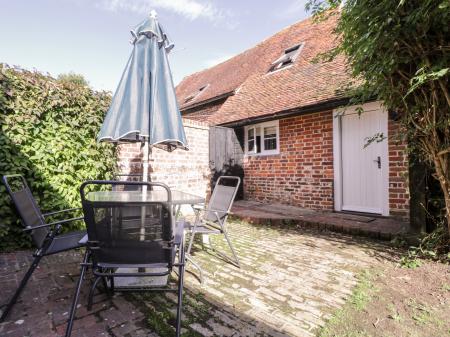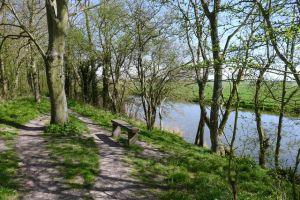
Remains of the Roman fort can still be seen. The ruins are on private land but you can get a good glimpse of the site from the public footpath that runs above the fort.
Lympne Castle
Stutfall should not be confused with Lympne Castle, a 15th-century moated manor built on the site of a Roman tower. Lympne Castle was once owned by the Archdeacon of Canterbury and one resident was St Thomas Becket.
The oldest part of the current building dates to the 13th century. Over the centuries the castle has gained a reputation for being haunted and regularly attracts ghost hunters from around the world. The castle serves primarily as a wedding and event venue and is not normally open to the public.
St Stephens Church
The medieval parish church is a lovely Norman building with a squat tower and flying buttresses supporting the walls. The oldest part of the church is the 11th-century tower, with a 12th-century nave and a 13th century north chapel. There is a worn late 12th-century font, on a modern base. In the chancel is a 17th-century chest tomb, and in the north aisle is a 14th-century tomb recess.
Quite a bit more modern is Howlett's Wild Animal Park, an 80-acre family attraction featuring animals from around the world. Perhaps even more popular with visitors is the Port Lympne Wild Animal Park (sometimes called Port Lympne Zoo), built around a historic early 20th-century mansion.
Both the mansion and the surrounding gardens were designed by Sir Herbert Baker for Sir Philip Sassoon. In 1976 it was purchased for Howletts due to overcrowding at the existing zoo. Port Lympne houses rare and endangered species and has the largest herd of black rhinoceros outside Africa.
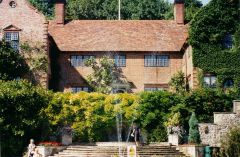

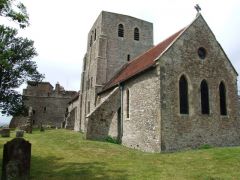
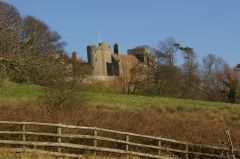
 We've 'tagged' this attraction information to help you find related historic attractions and learn more about major time periods mentioned.
We've 'tagged' this attraction information to help you find related historic attractions and learn more about major time periods mentioned.




